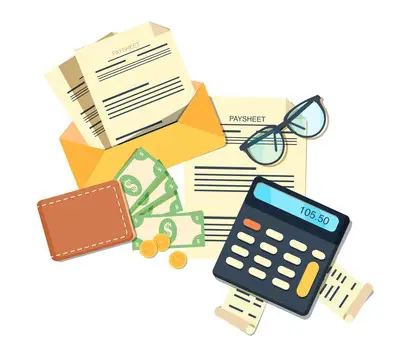 Business owners who are self-employed usually pay their taxes in four estimated tax payments for the year. The final installment for 2018 is due on January 15, 2019. The first installment of estimated tax for 2019 is due on April 15, 2019. Figuring estimated taxes correctly is important so you don’t overpay and have to wait for a refund or underpay, which can result in penalties.
Business owners who are self-employed usually pay their taxes in four estimated tax payments for the year. The final installment for 2018 is due on January 15, 2019. The first installment of estimated tax for 2019 is due on April 15, 2019. Figuring estimated taxes correctly is important so you don’t overpay and have to wait for a refund or underpay, which can result in penalties.
In the past several years, some owners have deliberately underpaid estimated taxes because the IRS penalty was so low. But with interest rates rising, this strategy is going to be costly.
Here are some strategies to help you figure your estimated taxes wisely.
Cover all your tax obligations
If withholding on wages and other income does not cover your federal income tax bill, then you may need to pay estimated taxes. These tax payments also include:
- Self-employment tax
- Additional Medicare tax on earned income
- Additional Medicare tax on net investment income
- Employer taxes for household employees
You may also have to make estimated taxes to cover state and local level income taxes.
Rely on what you paid last year
The safest way to avoid underpayment penalties for an estimated tax shortfall is to rely on the past. Obviously, your payments in the past can give you a good idea of how much to pay now. But more importantly, you can avoid estimated tax underpayments even if you fall short by using a safe harbor. As long as your estimated taxes for this year are at least 100% of your prior year tax liability (or 110% if your adjusted gross income in the prior year was at least $150,000, or $75,000 if married filing separately), there’s no underpayment penalty. For example, if your tax liability in 2018 is $40,000, and your adjusted gross income in 2018 is $225,000, then your estimated taxes for 2019 should be $44,000 ($40,000 x 110%). Each installment would be $11,000.
In order to use this penalty safe harbor, you need to know what your tax liability for last year actually is. This can be problematic if you obtain a filing extension for your income tax return. For example, your first estimated tax payment for 2019 is due April 15, 2019, but if you have a filing extension for 2018 income tax return, you won’t know the final tax bill for 2018 on which to figure estimated taxes under this penalty safe harbor until you file your 2019 return. In this situation, you figure estimated taxes as best you can and adjust future installments when your tax bill is known or rely on another safe harbor, explained next.
Project your bill for this year
A better way to make more accurate estimated tax payments (so you won’t overpay and have to wait for a tax refund or underpay so you have to come up with more cash at tax time) is to figure what you think you’ll actually owe this year. This can be done with the help of your tax advisor or using an IRS worksheet (the 2019 version is not yet available). Making a real projection of taxes is better than relaying on the prior year safe harbor if you expect your income to be much less this year; why overpay estimated taxes?.
Your estimate doesn’t have to be perfect. There’s no estimated tax penalty as long as the shortfall does not exceed $1,000. And, under a second safe harbor, there won’t be any estimated tax penalty as long as your estimate is at least 90% of the final tax bill.
Final thought
Estimated taxes can also be used to make up any shortfall in income tax withholding. The IRS advises employees, including owners of C or S corporations, who may have an unexpected shortfall in withholding for 2018 because of new law changes from the Tax Cuts and Jobs Act to make an estimated tax payment on January 15th to avoid underpayment penalties. More details about estimated taxes are in IRS Publication 505 (again, the revised publication for 2019 is not yet available).


